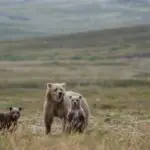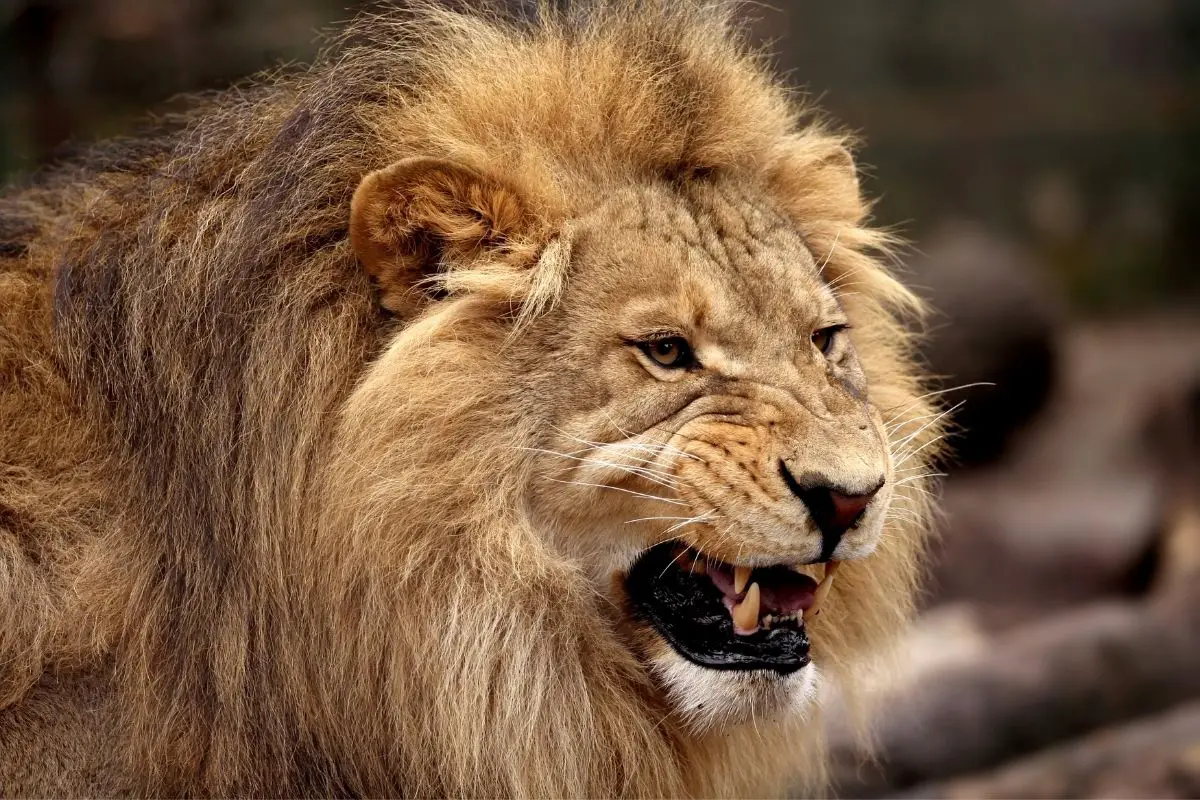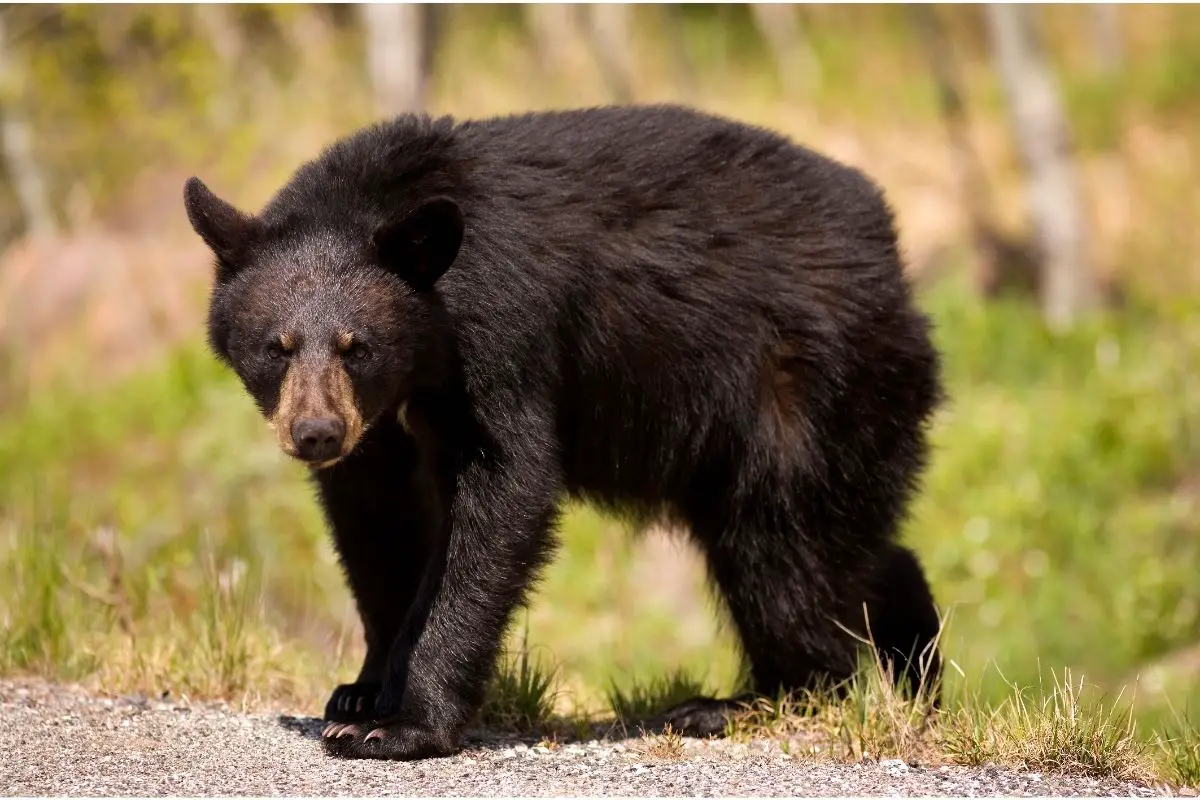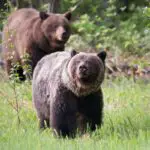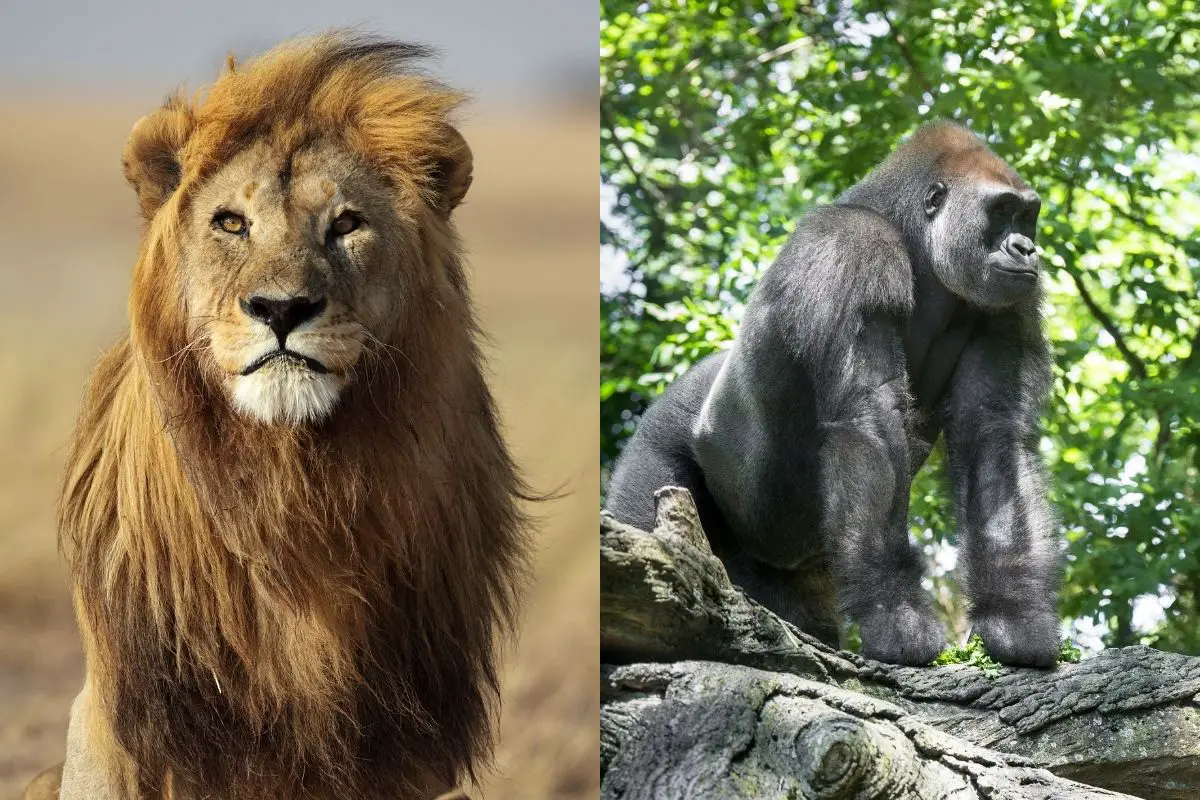The question “can a jaguar kill a bear” captivates wildlife enthusiasts worldwide, and for good reason. These encounters represent a fascinating clash between two of nature’s most formidable predators. While internet forums buzz with heated debates about hypothetical jaguar-versus-bear showdowns, the reality is far more nuanced than most people realize.
The short answer? Yes, under very specific circumstances, a jaguar could potentially kill certain types of bears. However, this scenario is extremely rare in nature, and the outcome depends heavily on species, size, and environmental factors. Let’s dive deep into the science behind these apex predators to understand when, how, and why such encounters might occur.
The Reality of Jaguar-Bear Encounters in the Wild
Before we explore hypothetical scenarios, it’s crucial to understand that documented jaguar-bear conflicts are virtually non-existent in scientific literature. This isn’t because researchers aren’t looking—it’s because these species rarely share the same habitat.
The only bear species that naturally overlaps with jaguar territory is the spectacled bear (Tremarctos ornatus), also known as the Andean bear. Even then, their encounters are extraordinarily rare due to distinct habitat preferences:
- Jaguars prefer lowland rainforests, wetlands, and grasslands, typically below 3,000 feet elevation
- Spectacled bears inhabit mountain cloud forests and alpine regions, usually between 6,000-14,000 feet elevation
This altitude separation means that any jaguar-bear encounter would likely occur in transitional zones where their ranges briefly overlap, making such meetings exceptional rather than routine.
Why Geographic Separation Matters
According to the Panthera organization, jaguars have lost approximately 50% of their historical range, further reducing any potential for bear encounters. Meanwhile, spectacled bears are listed as Vulnerable by the IUCN, with fewer than 10,000 individuals remaining in fragmented populations across the Andes.
Jaguar vs Bear: Physical Capabilities Breakdown
To understand whether a jaguar can kill a bear, we need to examine the physical capabilities of each predator. The matchup isn’t as straightforward as many assume.
Jaguar Specifications
Jaguars are built like living tanks, perfectly adapted for delivering devastating attacks:
- Weight: 120-300 pounds (54-136 kg)
- Bite force: 1,500 PSI—the strongest among all big cats
- Hunting style: Ambush predator specializing in skull-crushing bites
- Key advantage: Unique among big cats for their ability to pierce turtle shells and caiman skulls
This incredible bite force compared to other big cats like lions gives jaguars a significant advantage in any confrontation. Their jaw muscles are proportionally larger than those of lions or tigers, evolved specifically for cracking through the toughest prey defenses.
Bear Capabilities
The spectacled bear, while primarily herbivorous, shouldn’t be underestimated:
- Weight: 220-440 pounds (100-200 kg)
- Diet: 95% plant matter, but capable of taking small mammals
- Bite force: Approximately 400 PSI (estimated)
- Key advantages: Size, thick fur, powerful claws for climbing and defense
The size disparity becomes crucial here. Even a smaller spectacled bear typically outweighs most jaguars, and their thick fur provides some protection against predatory attacks.
Scenarios Where a Jaguar Could Kill a Bear
While extremely unlikely, certain circumstances could theoretically allow a jaguar to kill a bear:
1. Juvenile or Sick Bears
Young spectacled bears or adults weakened by illness would be the most vulnerable targets. A healthy adult jaguar could potentially overpower a bear cub or a significantly compromised adult through its signature skull bite.
2. Perfect Ambush Conditions
Jaguars are masters of stealth. In dense vegetation near water sources—areas where both species might occasionally overlap—a jaguar could theoretically ambush an unsuspecting bear. The key would be achieving the element of complete surprise and landing the killing bite immediately.
3. Smaller Bear Subspecies
Some spectacled bear populations show significant size variation. The smallest individuals, particularly females, might weigh only slightly more than the largest jaguars, evening the odds considerably.
Why Bears Usually Have the Advantage
Despite the jaguar’s impressive bite force, several factors typically favor bears in any potential encounter:
Size and Strength Disparity
Most adult spectacled bears possess a significant weight advantage over jaguars. This extra mass translates to greater strength and momentum in close-quarters combat.
Defensive Adaptations
Bears have evolved several defensive features that make them challenging prey:
- Thick fur and skin: Provides protection against claws and teeth
- Powerful forelimbs: Capable of delivering devastating swipes
- High pain tolerance: Bears can continue fighting even when seriously injured
Behavioral Factors
Unlike typical jaguar prey, bears are apex predators themselves. They’re more likely to fight back aggressively rather than flee, turning any encounter into a dangerous battle of attrition that favors the larger animal.
Debunking Common Myths About Jaguar-Bear Encounters
The internet is filled with unsubstantiated claims about jaguars killing bears. Let’s address the most common misconceptions:
Myth 1: “Jaguars Regularly Hunt Bears”
Reality: There are zero documented cases in peer-reviewed scientific literature of jaguars hunting bears. Jaguars are opportunistic predators that typically avoid confrontations with animals their size or larger.
Myth 2: “Bite Force Alone Determines the Winner”
Reality: While jaguars have an impressive 1,500 PSI bite force, successful predation depends on multiple factors including size, agility, experience, and the ability to land that crucial bite. A bear’s thick skull and fur can potentially prevent or minimize damage from even powerful bites.
Myth 3: “Jaguars Are Fearless Fighters”
Reality: Jaguars are actually quite cautious predators. They prefer easy, low-risk prey and will typically avoid confrontations that could result in injury. An injured predator is often a dead predator in the wild.
Jaguar Hunting Strategies and Limitations
Understanding how jaguars hunt reveals why bear encounters are so unlikely and challenging:
Typical Jaguar Prey
Jaguars have evolved to specialize in specific prey types:
- Caimans and smaller crocodilians
- Capybaras and other large rodents
- Deer and peccaries
- Fish and aquatic prey
- Occasionally small livestock
Notice that large, aggressive mammals like bears aren’t on this list. Jaguars are impressive predators capable of taking down saltwater crocodiles, but they achieve this through specialized techniques adapted to semi-aquatic prey, not terrestrial mammals of similar size.
The Skull Bite Strategy
Jaguars employ a unique killing method among big cats: the skull bite. Rather than suffocating prey like lions or tigers, jaguars crush skulls and pierce brains directly. This technique works exceptionally well on:
- Reptiles with relatively thin skull bones
- Medium-sized mammals
- Prey that can’t effectively fight back
However, bear skulls are much thicker and more robust than typical jaguar prey, potentially negating this primary hunting advantage.
Conservation Implications of Predator Interactions
While the question “can a jaguar kill a bear” makes for interesting speculation, both species face far more pressing threats than each other:
Habitat Loss Impact
Both jaguars and spectacled bears are losing habitat at alarming rates due to:
- Agricultural expansion
- Mining operations
- Infrastructure development
- Climate change effects on mountain ecosystems
According to the World Wildlife Fund, habitat fragmentation is the primary threat to both species, making conservation efforts more critical than understanding predator interactions.
The Bigger Picture
Rather than focusing on hypothetical battles, conservationists emphasize:
- Protecting remaining habitat corridors
- Reducing human-wildlife conflict
- Supporting local communities in conservation efforts
- Researching ecosystem interactions for better protection strategies
Understanding predator ecology helps us appreciate why conservation efforts for all large predators are interconnected and essential for ecosystem health.
Comparing Other Big Cat vs Bear Scenarios
To put jaguar capabilities in perspective, it’s worth noting that jaguars would face even greater challenges against larger bear species like grizzlies. The size disparity becomes even more pronounced with North American bears:
- Grizzly bears: 400-800 pounds
- Black bears: 200-600 pounds
- Polar bears: 700-1,500 pounds
These weight differences make it clear why natural geographic separation has evolved—direct competition between such differently-sized predators would likely result in the displacement of the smaller species.
Interestingly, other big cats like cougars (mountain lions) face similar size disadvantages when compared to bears in North American ecosystems, leading to careful habitat partitioning and behavioral adaptations to avoid direct confrontation.
What Science Tells Us About Predator Interactions
Scientific research on predator interactions reveals several important principles that apply to potential jaguar-bear encounters:
Energy Conservation Principle
All predators, including jaguars, follow the principle of energy conservation. They’re unlikely to engage in fights where:
- The energy expenditure exceeds potential caloric gain
- Risk of injury is high
- Alternative prey sources are available
Ecological Niche Separation
Evolution tends to separate potential competitors through:
- Different altitude preferences
- Varying activity patterns (diurnal vs nocturnal)
- Specialized diet preferences
- Distinct habitat requirements
This separation explains why jaguar-bear encounters are so rare—nature has already “solved” the competition problem through geographic and ecological segregation.
Conclusion: The Verdict on Jaguar vs Bear
So, can a jaguar kill a bear? The scientific answer is nuanced: while theoretically possible under very specific circumstances involving smaller, young, or compromised bears, such encounters are extremely rare in nature and generally unfavorable to the jaguar.
The key takeaways include:
- Geographic reality: These species rarely encounter each other due to different habitat preferences
- Size matters: Most bears have a significant weight advantage over jaguars
- Specialization limits: Jaguars are adapted for different prey types and hunting scenarios
- Conservation priority: Both species face habitat loss as their primary threat
Rather than focusing on hypothetical battles, we should appreciate how these remarkable predators have evolved to minimize direct competition while maximizing their survival in their respective ecosystems. Both jaguars and spectacled bears play crucial roles as apex predators and ecosystem engineers, making their conservation far more important than determining who would win in an unlikely confrontation.
For wildlife enthusiasts fascinated by predator interactions, the real excitement lies not in imaginary battles, but in understanding the complex ecological relationships that allow multiple apex predators to coexist across South America’s diverse landscapes. By supporting conservation efforts and habitat protection, we ensure that future generations can continue to marvel at both species in their natural environments.
- Sink Your Teeth Into This: Analyzing the Powerful Lion Bite Force - September 8, 2023
- Siberian Tigers: Everything You Need To Know - September 4, 2023
- Do Lions Eat Humans? Understanding Lion Aggression and Risks - September 4, 2023

